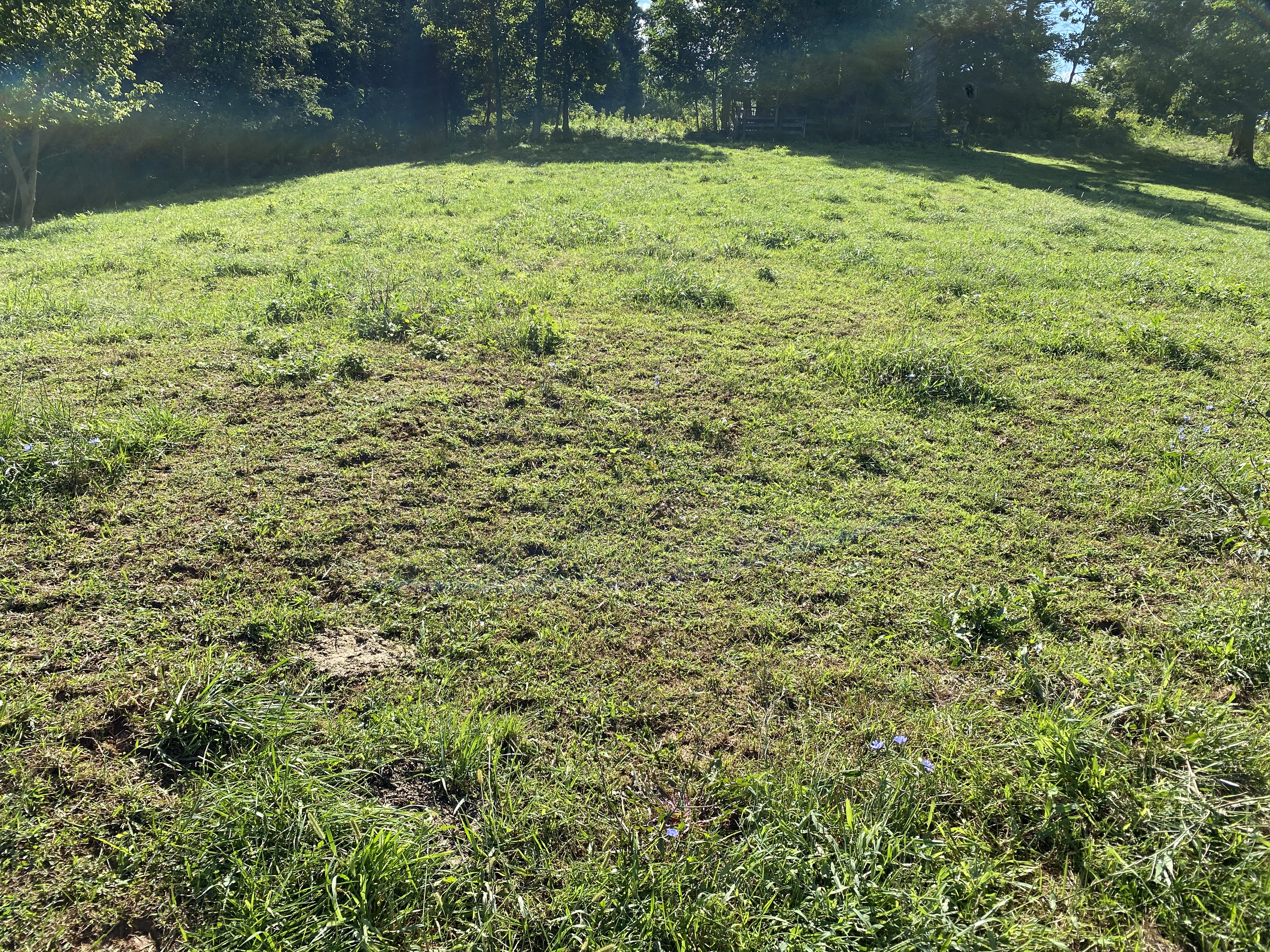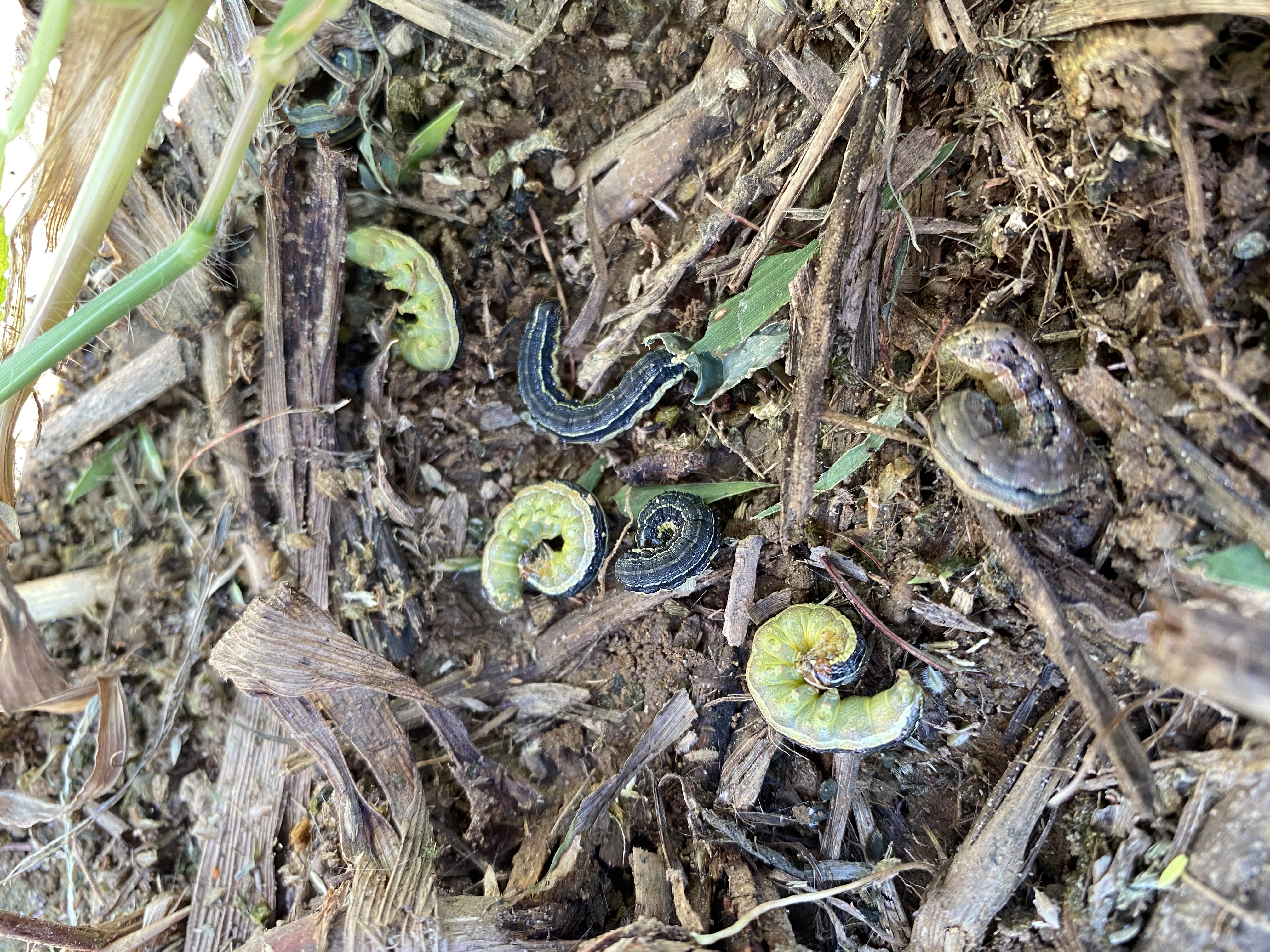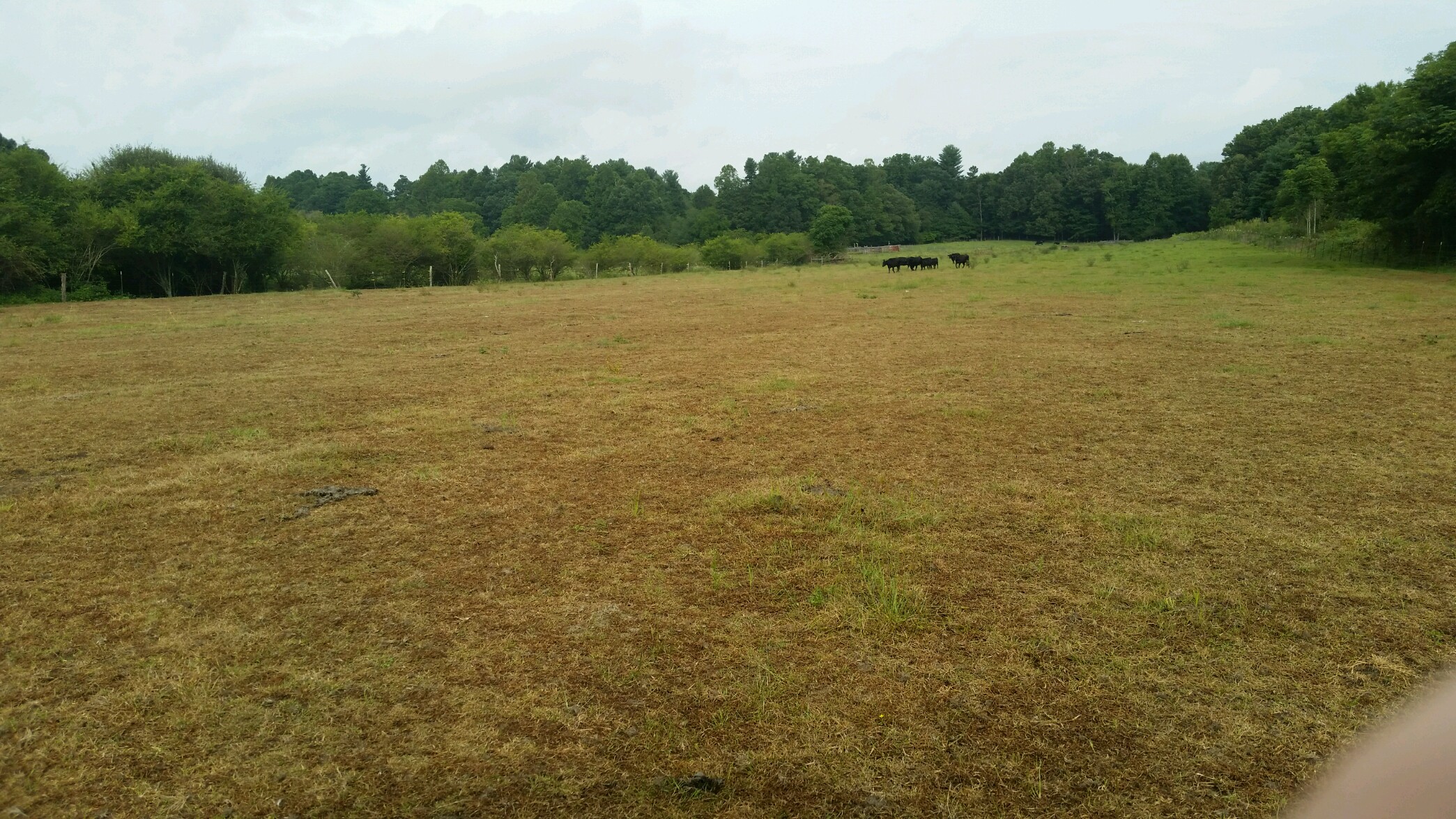Fall Armyworms March on in the Mountains
go.ncsu.edu/readext?819124
en Español / em Português
El inglés es el idioma de control de esta página. En la medida en que haya algún conflicto entre la traducción al inglés y la traducción, el inglés prevalece.
Al hacer clic en el enlace de traducción se activa un servicio de traducción gratuito para convertir la página al español. Al igual que con cualquier traducción por Internet, la conversión no es sensible al contexto y puede que no traduzca el texto en su significado original. NC State Extension no garantiza la exactitud del texto traducido. Por favor, tenga en cuenta que algunas aplicaciones y/o servicios pueden no funcionar como se espera cuando se traducen.
Português
Inglês é o idioma de controle desta página. Na medida que haja algum conflito entre o texto original em Inglês e a tradução, o Inglês prevalece.
Ao clicar no link de tradução, um serviço gratuito de tradução será ativado para converter a página para o Português. Como em qualquer tradução pela internet, a conversão não é sensivel ao contexto e pode não ocorrer a tradução para o significado orginal. O serviço de Extensão da Carolina do Norte (NC State Extension) não garante a exatidão do texto traduzido. Por favor, observe que algumas funções ou serviços podem não funcionar como esperado após a tradução.
English
English is the controlling language of this page. To the extent there is any conflict between the English text and the translation, English controls.
Clicking on the translation link activates a free translation service to convert the page to Spanish. As with any Internet translation, the conversion is not context-sensitive and may not translate the text to its original meaning. NC State Extension does not guarantee the accuracy of the translated text. Please note that some applications and/or services may not function as expected when translated.
Collapse ▲Fall armyworms are a reoccurring problem in the Southeast and the pests feast on hayfields, pastures, and even well groomed lawns. Although we often see them in the coastal and piedmont regions, it is less common to see them at higher elevations. However, this year we have had reports of armyworm damage from all across North Carolina, from the coast to the mountains. They feed on a variety of forage species including pearl millet, sorghum-sudangrass, bermudagrass, crabgrass, alfalfa, and tall fescue. Persistent scouting and rapid treatment of infected areas is key to saving pastures and hay crops in areas where fall armyworms have been reported.
So why have armyworms been worse than usual this year and infecting areas that normally do not have issues? Some entomologists suggest that the persistent rainfall in most of the Southeast has produced an abundance of vegetative forage growth, which is the ideal environment for the worms to thrive in. In these conditions, worms can appear to consume an entire field overnight, turning green, lush forage into a desolate field of brown dust. At first glance of infected fields, it may appear that a pasture looks droughty or overgrazed. The grass is starting to turn brown and is noticeably shorter, as if animals were only grazing in one spot. If this sounds like a familiar scene, it is time to immediately go scout for fall armyworms. It is best to scout for armyworms during the cooler parts of the day when they are more likely to be consuming a meal of forage. During the hotter parts of the day, you may find the caterpillars taking refuge from the heat at the base of the plant, in the whirl of some forage species (sorghums), or on the ground and underneath any leaf litter that may be on the soil surface. When scouting fields, take note of how many armyworms are found within a square foot area. Typically, the threshold is around 3 armyworms per ft2, so if you are at or exceed that threshold, it is time to think about utilizing a control option.
When choosing a chemical, it is important to note that some chemicals are insect growth regulators, meaning they disrupt the life cycle of the worm, and some are pyrethroids, meaning they will immediately kill some of the caterpillars. It is also important to recognize that some of the chemicals only target a certain age of armyworm, also called instars, some have longer residual controls, some are more rainfast, meaning they will still be effective even after short bouts of rainfall and some have grazing and hay restrictions. Scouting fields and identifying what stage(s) of armyworms are present in the field is important in helping decide which control strategy or even multiple chemical control strategies will work best.
Lastly, getting a good handle on fall armyworms requires persistence and attention to detail. Frequent scouting is required to make sure chemical measures controlled populations and re-infestations do not occur. Additionally, as we move into the time of year where winter-annuals and fescue and orchardgrass stands are trying to be established, it is more important than ever to scout. Newly established fields of grass can be easily and completely killed by an uncontrolled population of fall armyworms. So it looks like we will be out scouting until at least our first big frost.

Figure 2. Pasture infected by fall armyworms with a patchy, overgrazed appearance. Population density of 5 armyworms per ft2.

Figure 3. Armyworms in hiding in leaf litter during the middle of the day in a stand of sorghum-sudangrass.
The following list of insecticides was compiled by Dan Wells, Johnston County Livestock Extension Agent, and can be found at:
Please note that many of these products may not be available in your local area. There are reports of limited availability of some products.



